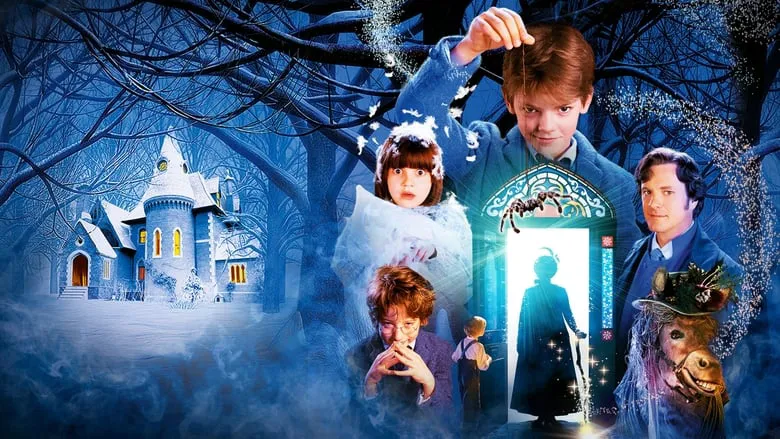Nanny McPhee: A Whimsical Return to Childhood
The British have a knack for crafting enchanting fairy tales, and with a budget of $35 million, a stellar cast including Colin Firth, Emma Thompson, Angela Lansbury, and Imelda Staunton, and a host of adorable, bright-eyed children, “Nanny McPhee” (2005) is a prime example. While undoubtedly a film for the younger set, it’s hard to resist the allure of revisiting childhood through its heartwarming story.

The film opens with seven mischievous children driving away their seventeenth nanny. Their widowed father, desperate for help, struggles to find a replacement. Then, Nanny McPhee arrives, an unconventional figure with a magical touch and a simple philosophy: “I shall stay while I am needed, but not wanted. When I am wanted, but no longer needed, then I must go.” This mantra, in itself, is a valuable life lesson.
The story unfolds towards a happy ending, though not without its challenges. The children’s overbearing great-aunt is threatening to cut off their father’s allowance unless he remarries. However, the proposed bride is far from ideal, while the kind young kitchen maid harbors a secret affection for him. As the children rebel against the impending marriage, Nanny McPhee works her magic, gradually transforming both their behavior and her own appearance.
The Darker Roots of a Fairy Tale
Emma Thompson, who also penned the screenplay, drew inspiration from an unexpected source: the “Nurse Matilda” books by Christianna Brand, a renowned crime writer and Edgar Award winner. Brand’s diverse background, which included stints as a governess, model, and secretary, adds a unique flavor to the tale. Her experience writing noir films in the 1940s subtly influences the story, lending it a darker edge that balances the sweetness.
For instance, the father’s financial woes stem from his ownership of a struggling funeral home, and his choice of a bride is based on his morbid client list. These touches of darkness add depth and complexity, preventing the film from becoming overly saccharine.
Detective Twists in a Magical World
The film also incorporates subtle detective elements, such as logical deductions and clues, that add an extra layer of intrigue. The children, at times, resemble informants rather than whiny youngsters, keeping the narrative engaging and unpredictable. While these nuances may be more apparent to discerning viewers, everyone can appreciate the film’s constant transformations and adventures. The image of a donkey dancing on its hind legs in a feathered hat is a particularly memorable delight.
A Visual Feast of Harmony and Stability
While the film may not fully embrace the satirical undertones present in Brand’s original stories, it compensates with its vibrant visuals and seamless integration of elements.

The film’s color palette is a harmonious blend of vibrant hues, creating a visually stunning experience. Carriages, castles, and crinolines coexist effortlessly with modern touches, such as the eldest son’s stylish sweater and contemporary special effects. The film feels authentic and grounded, reflecting a sense of stability and harmony.
The film’s ability to seamlessly blend tradition and modernity likely stems from England’s long-standing stability, allowing for a natural integration of historical elements with contemporary life. This stability also allows the British to instill a sense of patriotism in their children from a young age.